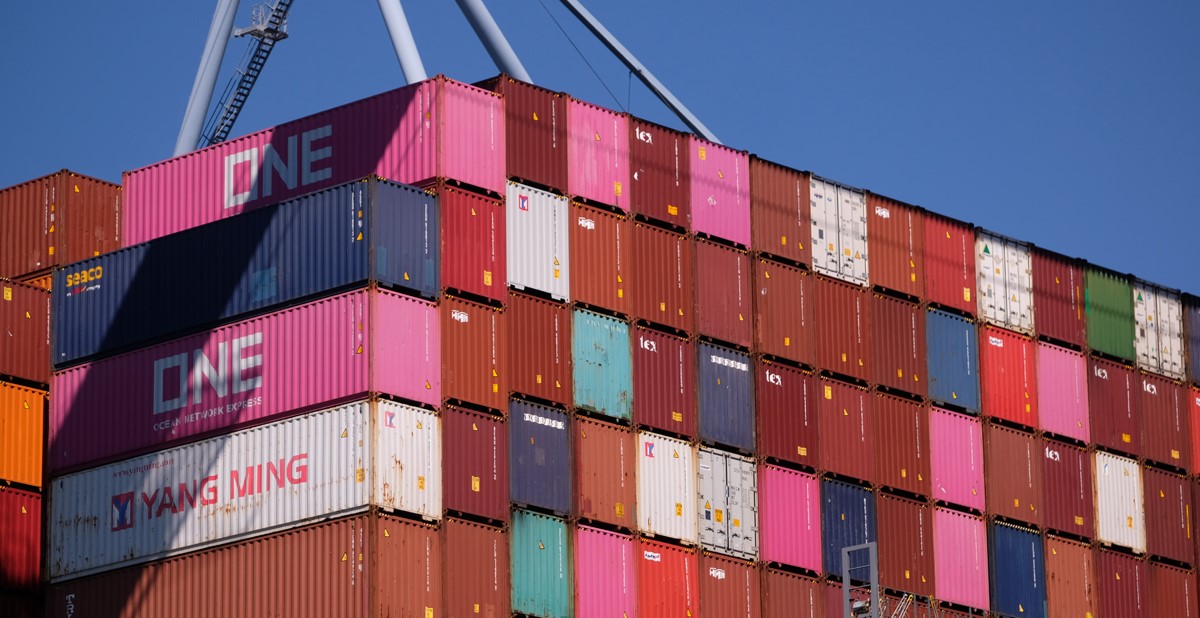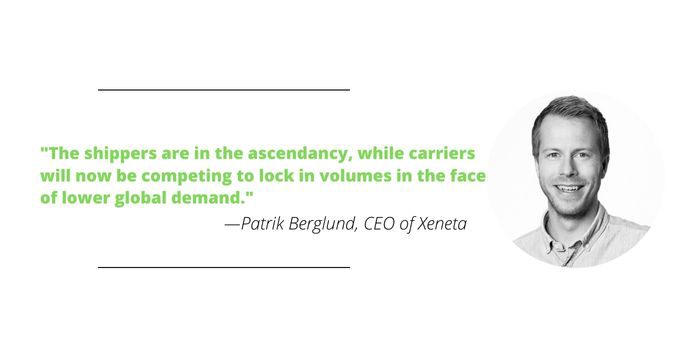Importing Goods Gets More Affordable

The cost of shipping goods across the Pacific has dropped approximately 75% from the year-ago level as global trade and consumer spending soften. A report in the Wall Street Journal cites inflation, the war in Ukraine and Chinese factory shutdowns as significant factors in the easing in trade activity, as well as the excess inventory several U.S. retailers and brands are sitting on.
Supply vs. Demand (And How This Affects Promo)
Promo companies importing goods should see reductions in shipping costs. In 2021 the cost of moving a container across the Pacific peaked at more than $19,000, according to the Freightos Baltic Index. Rates have eased over time but still stood at $14,500 at the start of 2022. While they remain elevated compared to pre-pandemic rates, by early October shipping rates had slipped to $3,900.
- Data from Drewry shows that the cost of shipping a container from Shanghai to Los Angeles has declined 74% over the past year and 54% from Shanghai to New York.

Shipping rates may remain under pressure as a considerable number of new container ships are slated to enter freight companies’ fleets over the next few years. In 2022, Braemar PLC expects the container capacity of the world’s cargo fleets to grow 4%. In 2023, it forecasts an increase of 8.8% and in 2024, 9.7%.
- In the 2015-2019 time period, 688 vessels, capable of transporting about five million containers were ordered. Since 2020, 1,056 ships, representing approximately eight million containers, have been ordered.
“Spot rates have been dropping across the board and have, on some key corridors, plunged over the course of the last month as lower demand and easing port congestion take effect,” says Patrik Berglund, CEO of shipping data provider Xeneta. “In short, this means the ‘shoe is finally on the other foot’ when it comes to upcoming contract negotiations for Q4 and beyond. The shippers are in the ascendancy, while carriers will now be competing to lock in volumes in the face of lower global demand.”
Cancellations On The Rise
The dip in demand has sparked a rise in journey cancellations among container ship operators. Xeneta reports that in September, container capacity in the Pacific was down by 13%. For the two-week period that began October 3, 40 scheduled voyages from China to the U.S. West Coast have been cancelled, and 21 from China to the East Coast. Typically, cancellations this time of year run two-to-four a week.
- Cancellations – or ‘blanked’ journeys, in shipping jargon – are also up along several Asia to Europe routes as well.
Another sign that freight demand is softening is the recent and quick decline in container ship charters. The Harpex index, published by brokerage Harper Petersen & Co. and a measure of container ship rental rates, dropped 30% over an eight-week period ending in mid-September. The index declined 18% in the last week of the survey period alone.
- Panamax-type container ships – so named for being at the size limit to utilize the Panama Canal – chartered at $40,000-$50,000 per day for a six-month period in mid-September, half of what they were going for just a few weeks earlier.
An analysis by shipping industry database provider Alphaliner suggests that these shifts represent changing market fundamentals for the industry. Cargo volumes and freight rates are declining, supply is rising, and congestion is easing while risks of recession persist around the world.

